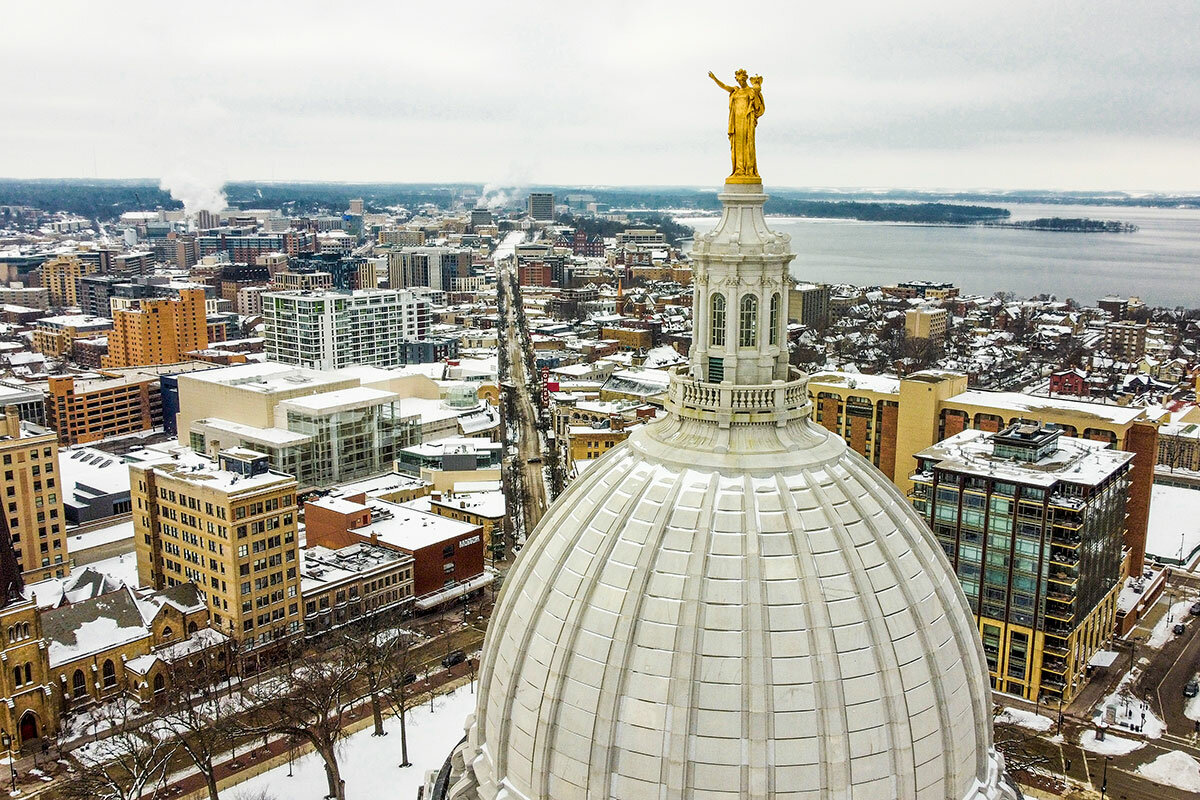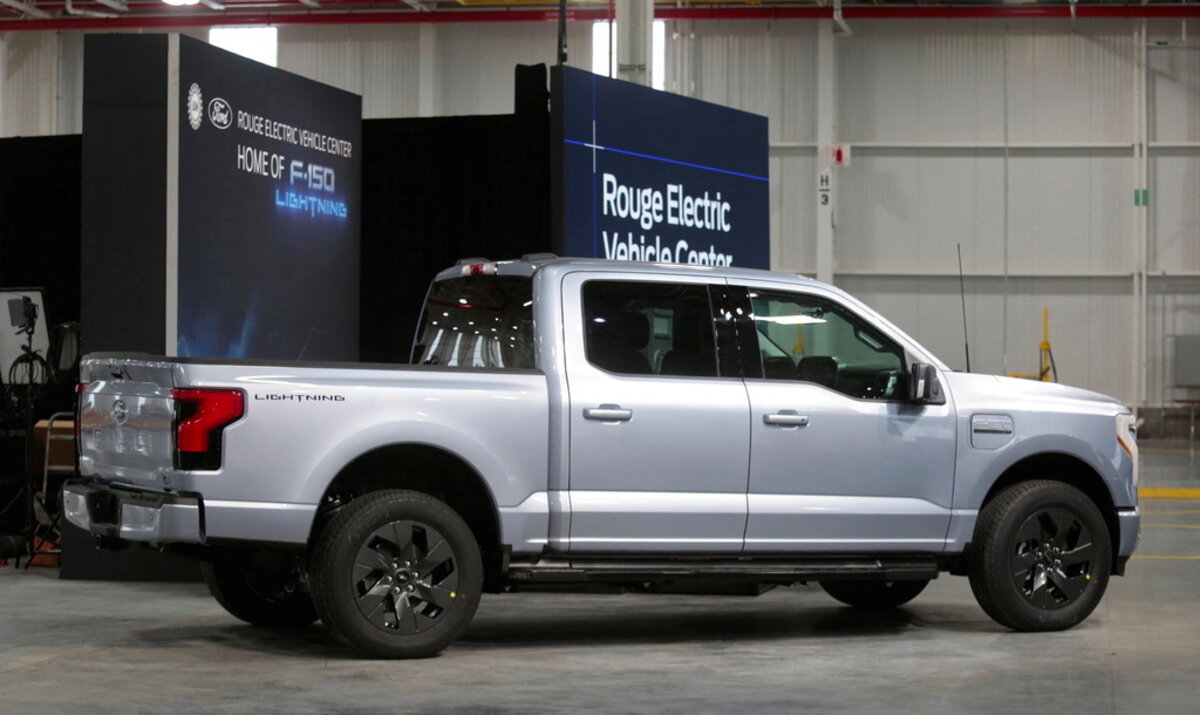Wisconsin could become the country’s premier petri dish for what happens when citizens lose trust – for valid reasons or not – in the legitimacy of a democracy’s most fundamental act, voting.
Monitor Daily Podcast
- Follow us:
- Apple Podcasts
- Spotify
- RSS Feed
- Download
 Amelia Newcomb
Amelia Newcomb
On June 7, 1892, Homer Plessy, a Black resident of New Orleans, boarded a “whites only” train car and was promptly arrested for violating Louisiana’s Separate Car Act. Four years later, Plessy v. Ferguson came before the U.S. Supreme Court, which ruled 7-1 to uphold the act, cementing racial segregation in the United States for nearly six decades.
Plessy paid a large fine and carried the guilty verdict till his death in 1925. But today, as descendants of both Plessy and Ferguson looked on, Louisiana Gov. John Bel Edwards issued a posthumous pardon, lifting up a healing moment. It was the first such pardon under a 2006 state law that allows the pardoning of those convicted by laws designed to discriminate.
In the ceremony, held at the New Orleans Center for Creative Arts (NOCCA), which sits on the site where Plessy was arrested, Orleans Parish District Attorney Jason Williams said it was not Plessy but the law that was in error. “It was important that the office that prosecuted Homer Plessy be the office that asked for his name to be pardoned. ...
“I did not submit this pardon asking for Homer Plessy to be forgiven,” he said. “I submitted it asking for us to be forgiven, the institution.”
Today, the city that once dishonored the name of Homer Plessy shares it widely. Homer Plessy Way leads right to NOCCA. Children attend the Homer A. Plessy Community School. June 7 is Homer A. Plessy Day.
Phoebe Ferguson, a descendant of New Orleans Judge John Howard Ferguson, said the gathering today was not to “erase what happened … but to acknowledge the wrong … and to reaffirm our pledge to do whatever is within our power to prevent such wrongs in the future.”
Keith Plessy, a descendant of Plessy’s cousin and co-founder, with Ms. Ferguson, of the Plessy and Ferguson Foundation, spoke of a “blessed day” as his eyes filled with tears. “My feet are not touching the ground because my ancestors are carrying me.”
“Sometimes you work hard and you don’t raise your head up to see how much you’ve accomplished,” he said. Referring to the foundation, he added: “We looked up and realized how many people were actually listening.”








